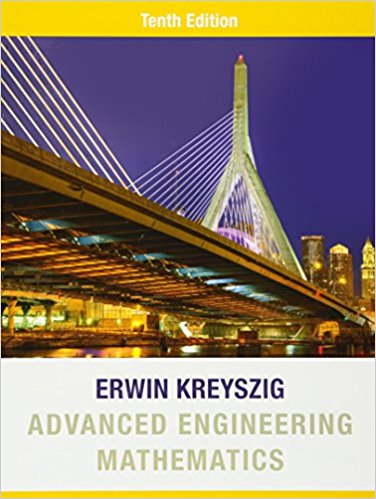(a) Verify Theorem 3 for (i) F(z) = z 2 and the rectangle 1 x ...
Question:
(a) Verify Theorem 3 for
(i) F(z) = z2 and the rectangle 1 ≤ x ≤ 5, 2 ≤ y ≤ 4
(ii) F(z) = sin z and the unit disk
(iii) F(z) = ez and any bounded domain.
(b) F(z) = 1 + |z| is not zero in the disk |z| ≤ 2 and has a minimum at an interior point. Does this contradict Theorem 3?
(c) F(x) = sin x (x real) has a maximum 1 at π/2. Why can this not be a maximum of |F(z)| = |sin z | in a domain containing z = π/2?
(d) If F(z) is analytic and not constant in the closed unit disk D: |z| ≤ 1 and |F(z)| = c = const on the unit circle, show that F(z) must have a zero in D.
Fantastic news! We've Found the answer you've been seeking!
Step by Step Answer:
Related Book For 

Question Posted:





